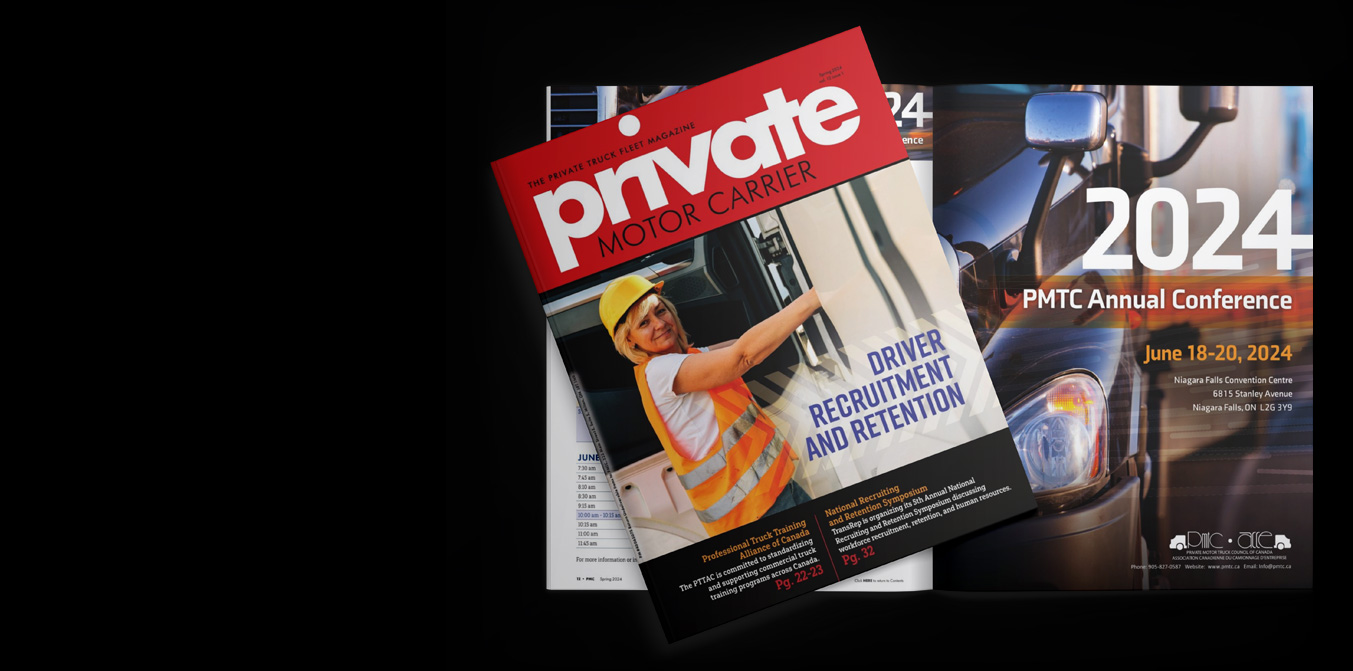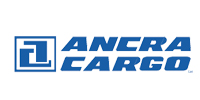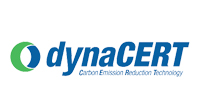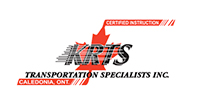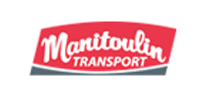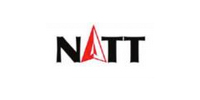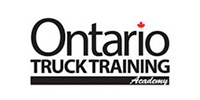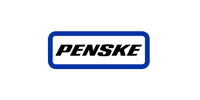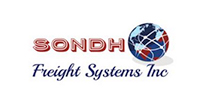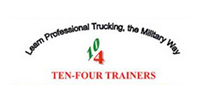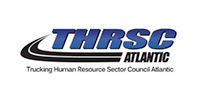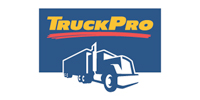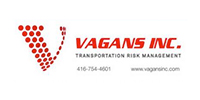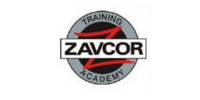Track your costs and find the profits with a tire benchmarking program
Randy Obermeyer’s work at Batesville Logistics involves life spans in more ways than one. He certainly tracks every tire from the moment it’s mounted to the day the retreaded casing is finally scrapped. But even the fleet’s cargo plays a unique role in final days.
Batesville ships caskets to markets in Canada and the U.S.
Obermeyer is hardly the only fleet manager to realize that a tire’s life plays a key role in today’s operating budgets. Premature failures increase expenses for replacements and roadside service calls; extra rolling resistance reduces fuel economy; damaged casings limit cost-saving retreading opportunities. The only operating costs to outpace tires are wages and fuel.
It’s why the Technology and Maintenance Council (TMC) invited Obermeyer and other maintenance managers to share lessons gleaned from their respective tire benchmarking programs.
A careful study of everything from purchase histories to maintenance activities can guide the choices which maximize tire life and performance alike. Kirk Altrichter, maintenance vice-president at Crete Carrier Corporation, referred to another benefit. “The other thing is making sure we’re running the right tire to begin with,” he told the crowd of fellow maintenance managers in Nashville, TN.
The “right” tire choice can be dictated everything from budgets to applications and axle weights. Consider Kevin Tomlinson, who oversees 200 power units and 450 trailers at South Shore Transportation, which delivers building products. The flatbed trailers head out with 54,000-pound loads but return empty, radically changing the tire’s footprint along the way. This is why he focuses on choices which promise to reduce shoulder wear.
Obermeyer looks to find a balance between a low cost per kilometer and better fuel economy when choosing tires for his 82 tractors, 119 trailers and 311 pups. But the complete cost needs to consider number of factors. In addition to the price of a virgin tire, there are costs for ongoing maintenance and retreading. Then there are the values of casings, used tires, and warranties. Even the price of shocks would need to be included if a fleet proactively replaces the components to extend tire life, he said.
The tire-related maintenance costs do not end there. Jim Ricapito, tire maintenance specialist with FedEx Ground, referred to the way flying shreds can also tear apart wiring and air lines. When that happens, a two-hour roadside service call can stretch to four hours, increasing labour costs and downtime alike.
The cost of purchasing and maintaining components designed to extend tire life will play a role as well. Tomlinson offered the example of a liftable forward axle which could help to reduce the uneven wear he sees on trailer tires. This might reduce tire costs but would have to be compared to the cost of installing and maintaining the lift axle itself.
Each speaker on the panel also controls tire costs through retreading, although their individual benchmarks have led to different approaches. Tomlinson retreads casings from the tractors but scraps those used on the trailer. “When the tire gets off the trailer it’s pretty well junk,” he said. Obermeyer retreads casings that have been in service for up to 60 months with a maximum of two repairs, none of which can be on the shoulder or include a section repair. Trailer tires are the exception to this rule. Those casings can be retreaded within 72 months and with a maximum of two repairs, one of which can be on the shoulder and one of which can include a section repair up to 33 mm in size. FedEx Ground, which buys three times as many retreads as virgin tires, tried to retread trailer casings up to seven years old, but discovered an associated increase in roadside breakdowns.
“We lose a lot of casings through over-the-road repairs,” Altrichter added. "Getting casings back is huge. It drives down your costs tremendously.”
It isn’t the only way to recover value from a worn tire and reduce the overall cost per kilometre. "Maybe we even want to run the drive tire down to a certain point and sell them as used tires," Obermeyer said.
Of course, a tire needs to survive daily demands before there are any discussions about a new life as a retread. Few factors will have a bigger influence on this than inflation pressures.
These fleet managers selected different pressures to reflect their operations and weights. Batesville keeps tires on steer axles, trailers and dollies at 100 psi, with drive tires at 95 psi. South Shore maintains most of its tires at 100 psi as well, with the exception of the wide-base tires that are inflated to 125 psi. Crete, meanwhile, inflates its steer tires to 110 psi, with the trailers at 95 psi.
FedEx Ground maintains more than 256,000 wheel positions at 85 psi, largely because the trailers cube out long before reaching maximum weights, Ricapito said, noting that lower pressures ensure a better footprint against the road. But lower pressures should only be used after matching the figures in tire load inflation tables to the heaviest-possible loads, he stressed.
Each fleet manager on the panel certainly recognized the value of a calibrated tire gauge. Obermeyer wants to see the pressures checked each time a truck crosses a fuel island, arrives in a shop, or when his local tire supplier visits once a month. Drivers are expected to check the pressures during pre- and post-trip inspections, too.
But he doesn’t think drivers always follow the rule. "If you just stick a pressure gauge in the truck and hope they use it, you're kidding yourself," he said.
Tomlinson offered a similar observation. Are pre-trip tire inspections happening? “Possibly,” he said. “I’m sure that the post-trip never happens.”
The maintenance managers are clearly more focused on the job, carefully tracking pressures at each opportunity. In one audit, Obermeyer discovered 19 “flat” tires that were still pressurized above 50 psi. Only a tire gauge would identify a problem like that. "Our challenge is to go in with our garage managers and also the tire companies we're working with to inspect as many tires on a daily basis as possible," Ricapito added.
There are technical solutions to under-inflated tires, of course. Responding to the data in its tire program, Batesville Logistics is now testing Automatic Tire Inflation Systems on 24 pup trailers. Half of Tomlinson’s trailers already have the devices.
Data can also identify other ways that drivers are shortening tire life. Tomlinson refers to curb-related damage on sidewalls as just one example. “I put that all on the driver,” he said. His fleet has responded with extra lessons about how to use mirrors, but has admittedly been fighting a losing battle.
Tomlinson, meanwhile, watches for the signs of uneven tread wear which could indicate alignment problems. “Pay attention to the steers and drives,” he said.
The more detailed the tire program’s data, the better. Ricapito tracks dispatched miles as well as the distances recorded by the Electronic Control Modules for anti-lock brakes. Altrichter stresses the value of using Vehicle Maintenance Reporting Standards (VMRS) codes, making it possible to accurately cross-reference maintenance activities. Ricapito uses documents from his tire dealers to conduct monthly audits, asking them to show him specific tires in the reports. If the tire can't be located, the supplier has seven days to match the records. "Hold them accountable," he said. "We won't accept mediocrity."
They are the types of commitments that can help keep maintenance budgets in the black.


